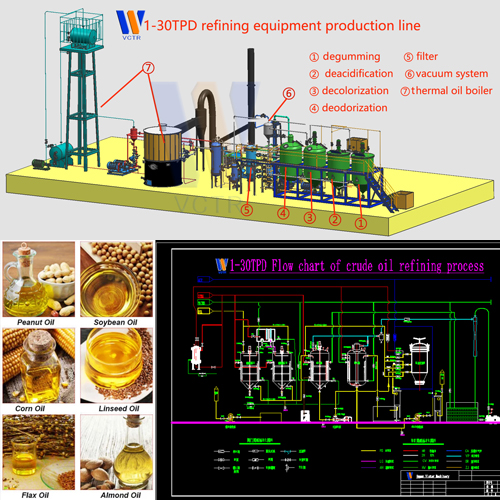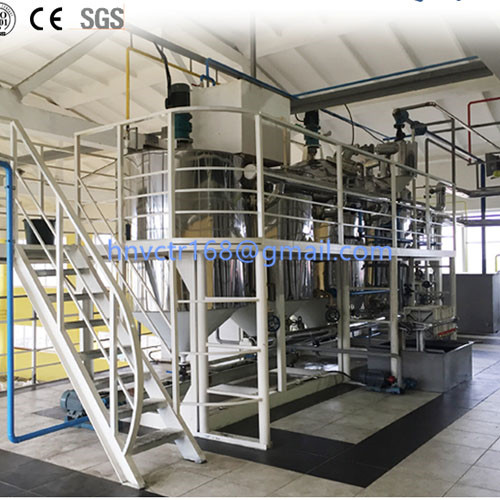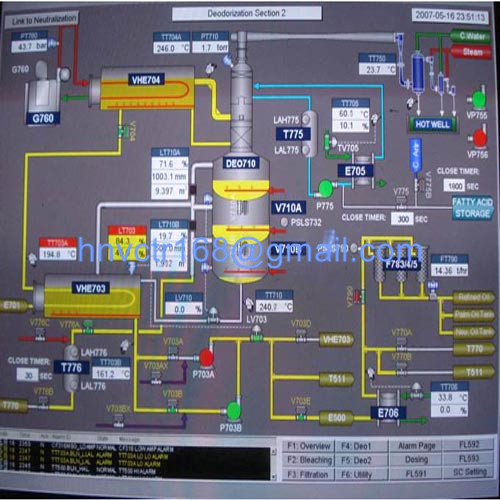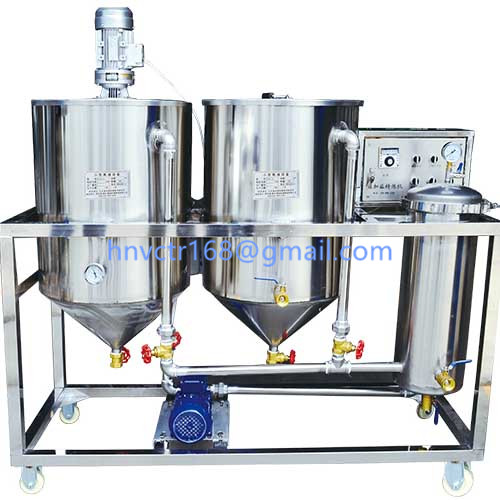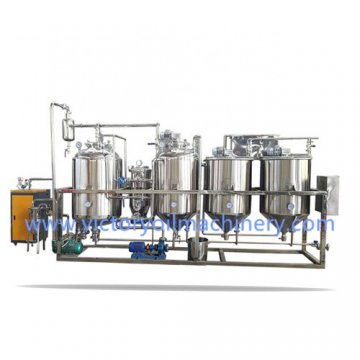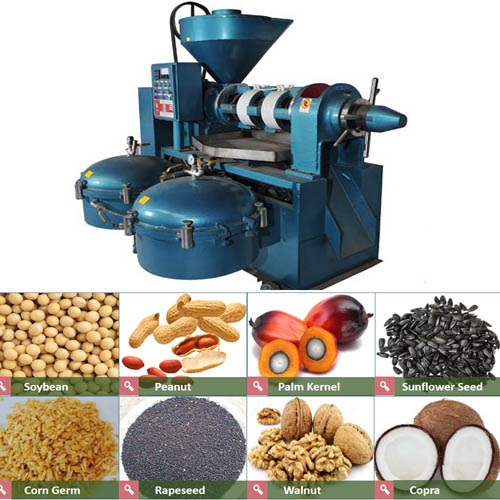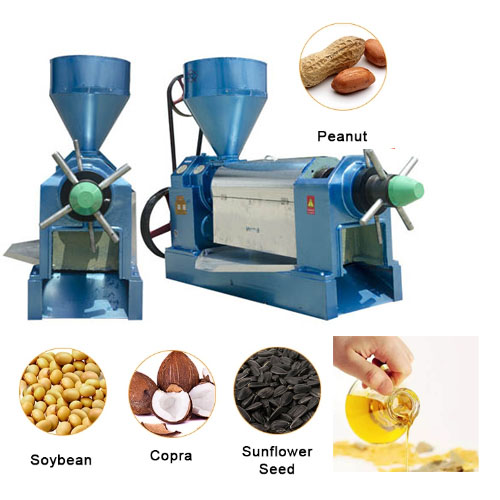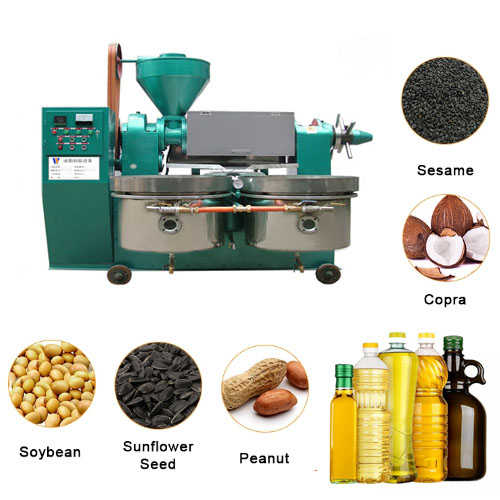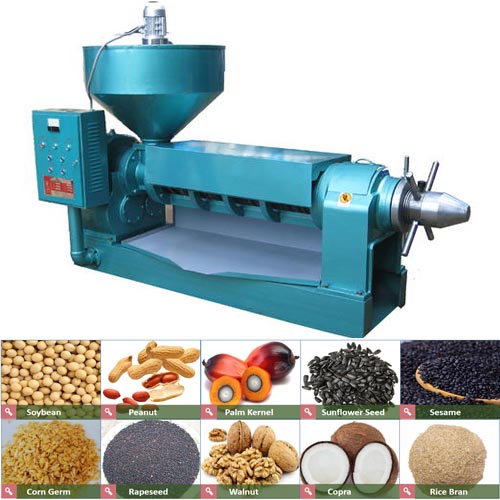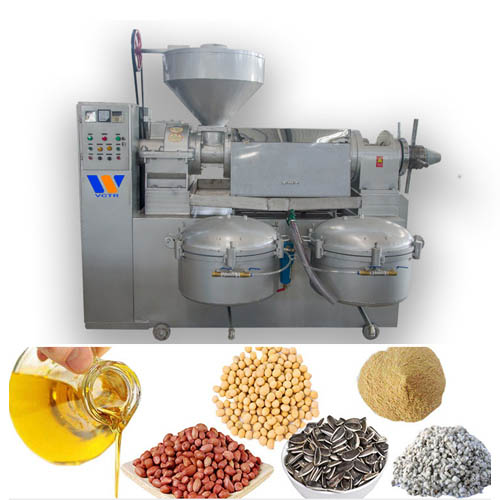Oil refining-Alkali refining and de-acidification process parameters
Alkali refining and de-acidification process parameters
①Quality requirements of degummed oil
Moisture <0.2%;
Impurities <0.15%;
Phospholipid content <0.05%.
Water quality requirements: total hardness (calculated as CaO) <50 mg/L;
Other indicators should meet the sanitary standards of drinking water.
The quality requirements of caustic soda: solid alkali with impurities <5%, or liquid alkali with the same quality.
②In terms of processing capacity
Batch caustic refining should be used for those less than 20 tons/day, and continuous caustic refining should be used for those greater than 50 tons/day.
③The concentration and amount of lye in the alkali refining must be selected correctly.
It should be determined by calculation and experience based on the acid value of the oil (including when other acids are added), color, impurities, etc. and processing methods. The concentration of lye is generally 10 to 30 Baume degrees. The amount is generally 20% to 40% of the theoretical value.
④ The batch caustic refining should use a lower temperature. The equipment should have a two-stage mixing speed.
⑤Continuous caustic refining can use higher temperature and shorter mixing time. While using higher temperatures, contact between oil and air must be avoided to prevent oil oxidation.
⑥Washing can be done twice, or once re-refining and once washing. Light alkali should be used for re-refining, and soft water should be used for washing water. Washing water is generally 10%-20% of oil weight, and washing temperature can be 80-95℃.
⑦Vacuum drying should be used to dry the oil after washing and dehydration. The temperature is generally 85~100℃, and the vacuum residual pressure is 4000~7000 Pa. The dried oil should be cooled to below 70℃ before entering the following operations or storage.
⑧Quality of finished product
Acid value: batch type ≤ 0.4, continuous type ≤ 0.15 or as required;
Soap in oil: batch type <150~300 mg/1g, continuous type <80 mg/kg, and no decolorization is preferable <150 mg/kg;
Water content in oil <0,1%~0.2%;
Impurities in oil <0.1%~0.2%.
⑨Consumption index
Steam (0.2 MPa): 200-250 kg/ton;
Soft water: 0.4 to 0.6 m3/ton;
Cooling water (20°C, the amount of supplementary water used for recycling): 1-1.5m3/ton;
Electricity: 5-20 kilowatts·hour/ton;
Caustic soda (solid alkali, content 95%): 1.5-2 times the FFA content;
Alkali refining loss (1.2-1.6): X Weissen loss
⑩The discharge volume of non-cooling water wastewater and its main indicators
The non-cooling water used in the alkali refining is an important aspect of the waste water produced by the vegetable oil plant. The generation of waste water and the degree of environmental pollution should be minimized. Emissions are less than 0.4 to 0.6 m3/ton.
Main pollution indicators:
pH:8-10;
SS:2,000-5,000 mg/liter;
COD:5,000-10,000 mg/liter;
BOD:8,000-15,000 mg/liter;
Oil content:500-1,000 mg/liter.
Hot tags:Oil refining,Alkali refining and de-acidification,Batch caustic refining,continuous caustic refining,Consumption index
①Quality requirements of degummed oil
Moisture <0.2%;
Impurities <0.15%;
Phospholipid content <0.05%.
Water quality requirements: total hardness (calculated as CaO) <50 mg/L;
Other indicators should meet the sanitary standards of drinking water.
The quality requirements of caustic soda: solid alkali with impurities <5%, or liquid alkali with the same quality.
②In terms of processing capacity
Batch caustic refining should be used for those less than 20 tons/day, and continuous caustic refining should be used for those greater than 50 tons/day.
③The concentration and amount of lye in the alkali refining must be selected correctly.
It should be determined by calculation and experience based on the acid value of the oil (including when other acids are added), color, impurities, etc. and processing methods. The concentration of lye is generally 10 to 30 Baume degrees. The amount is generally 20% to 40% of the theoretical value.
④ The batch caustic refining should use a lower temperature. The equipment should have a two-stage mixing speed.
⑤Continuous caustic refining can use higher temperature and shorter mixing time. While using higher temperatures, contact between oil and air must be avoided to prevent oil oxidation.
⑥Washing can be done twice, or once re-refining and once washing. Light alkali should be used for re-refining, and soft water should be used for washing water. Washing water is generally 10%-20% of oil weight, and washing temperature can be 80-95℃.
⑦Vacuum drying should be used to dry the oil after washing and dehydration. The temperature is generally 85~100℃, and the vacuum residual pressure is 4000~7000 Pa. The dried oil should be cooled to below 70℃ before entering the following operations or storage.
⑧Quality of finished product
Acid value: batch type ≤ 0.4, continuous type ≤ 0.15 or as required;
Soap in oil: batch type <150~300 mg/1g, continuous type <80 mg/kg, and no decolorization is preferable <150 mg/kg;
Water content in oil <0,1%~0.2%;
Impurities in oil <0.1%~0.2%.
⑨Consumption index
Steam (0.2 MPa): 200-250 kg/ton;
Soft water: 0.4 to 0.6 m3/ton;
Cooling water (20°C, the amount of supplementary water used for recycling): 1-1.5m3/ton;
Electricity: 5-20 kilowatts·hour/ton;
Caustic soda (solid alkali, content 95%): 1.5-2 times the FFA content;
Alkali refining loss (1.2-1.6): X Weissen loss
⑩The discharge volume of non-cooling water wastewater and its main indicators
The non-cooling water used in the alkali refining is an important aspect of the waste water produced by the vegetable oil plant. The generation of waste water and the degree of environmental pollution should be minimized. Emissions are less than 0.4 to 0.6 m3/ton.
Main pollution indicators:
pH:8-10;
SS:2,000-5,000 mg/liter;
COD:5,000-10,000 mg/liter;
BOD:8,000-15,000 mg/liter;
Oil content:500-1,000 mg/liter.
Hot tags:Oil refining,Alkali refining and de-acidification,Batch caustic refining,continuous caustic refining,Consumption index

